By Patricia Lindquist, DNR Urban Forestry Communications Specialist, patricia.lindquist@wisconsin.gov, 608-843-6248
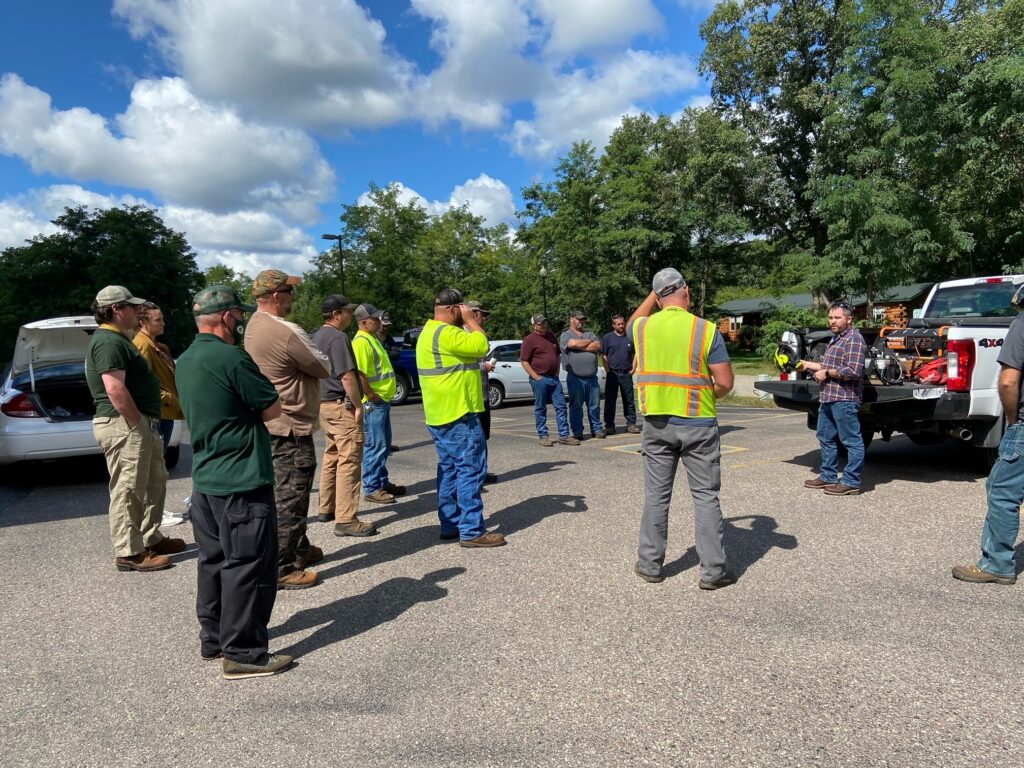 Part of our mission at the Wisconsin Department of Natural Resources (DNR) is to bring community foresters together to learn from one another and to provide training opportunities. Recently, one village administrator took it upon himself to do just that within his county.
Part of our mission at the Wisconsin Department of Natural Resources (DNR) is to bring community foresters together to learn from one another and to provide training opportunities. Recently, one village administrator took it upon himself to do just that within his county.
We were thrilled when Roger Herried of Necedah approached us with his plans to hold a Juneau County Area Urban Forestry Seminar this fall. Roger’s intent was to provide much-needed training for his public works department and other small communities that don’t have a lot of resources. With some help from the DNR and other partners, Roger hosted a well-rounded, day-long program to help strengthen urban forestry programs in his area.
Continue reading “Necedah Hosts Urban Forestry Seminar For Neighboring Communities”

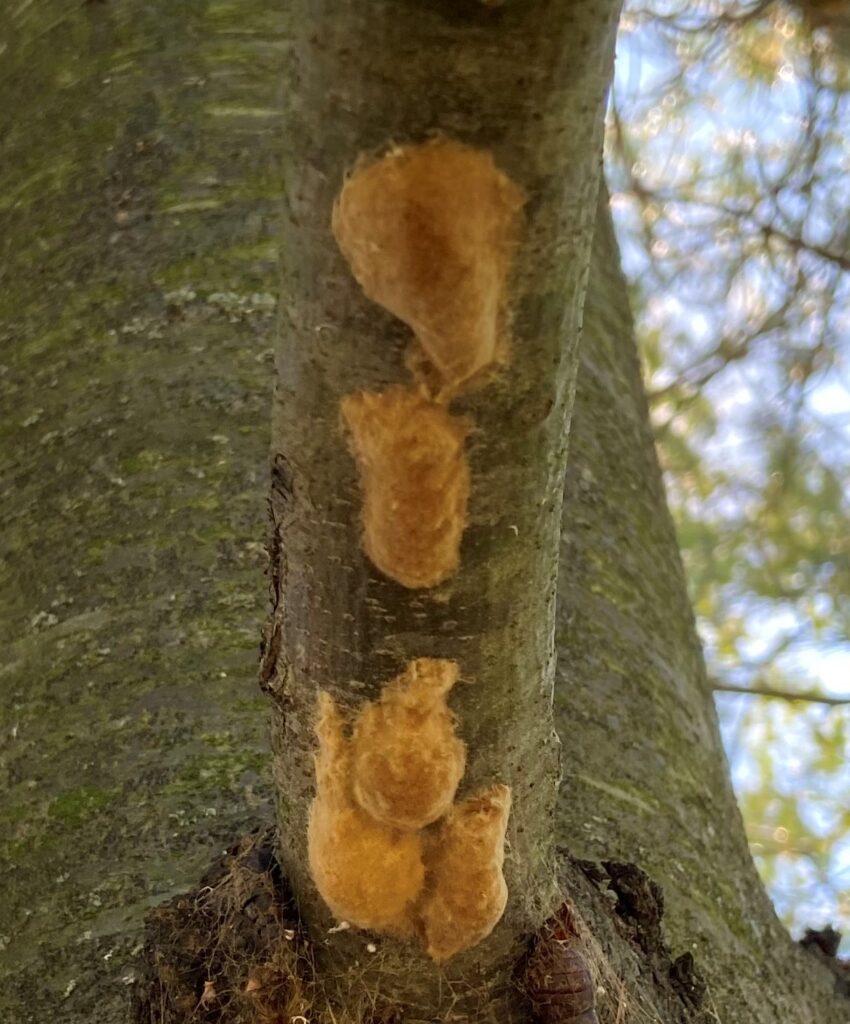
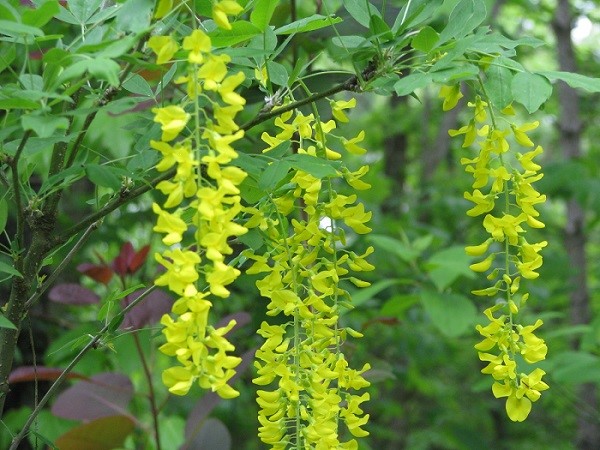 Created and administered by the Morton Arboretum in Chicago, the ArbNet Arboretum Accreditation Program is the only international accreditation program specific to arboreta. It fosters professionalism and collaboration and recognizes arboreta at various levels of development.
Created and administered by the Morton Arboretum in Chicago, the ArbNet Arboretum Accreditation Program is the only international accreditation program specific to arboreta. It fosters professionalism and collaboration and recognizes arboreta at various levels of development.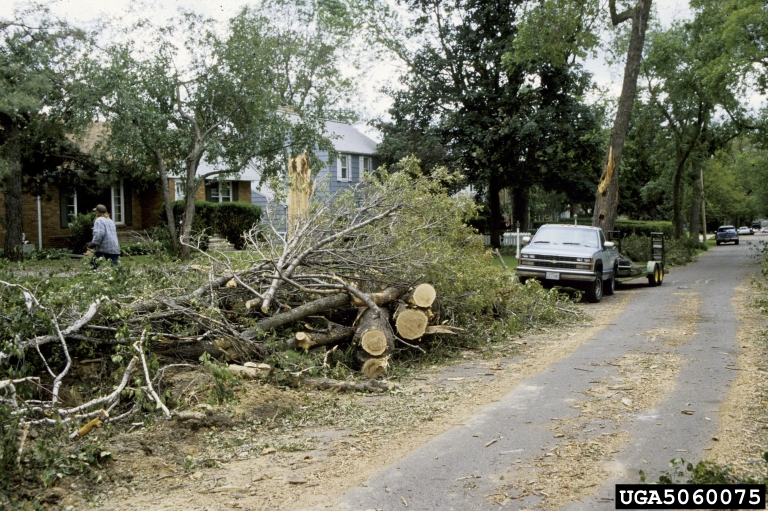
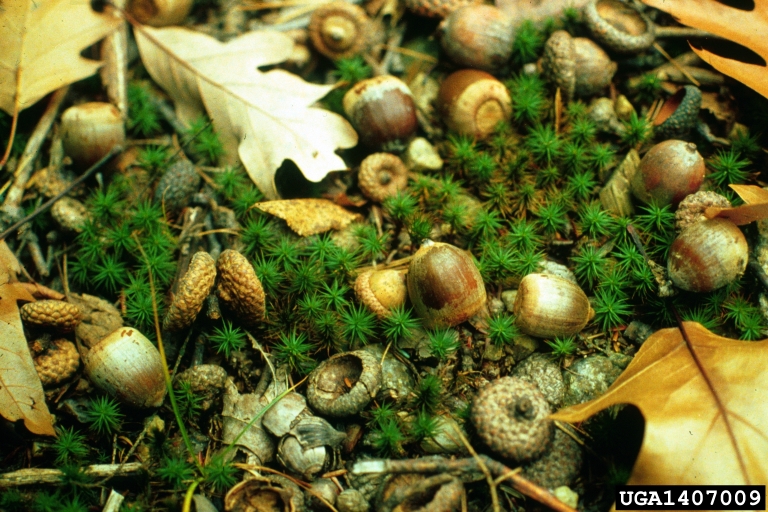
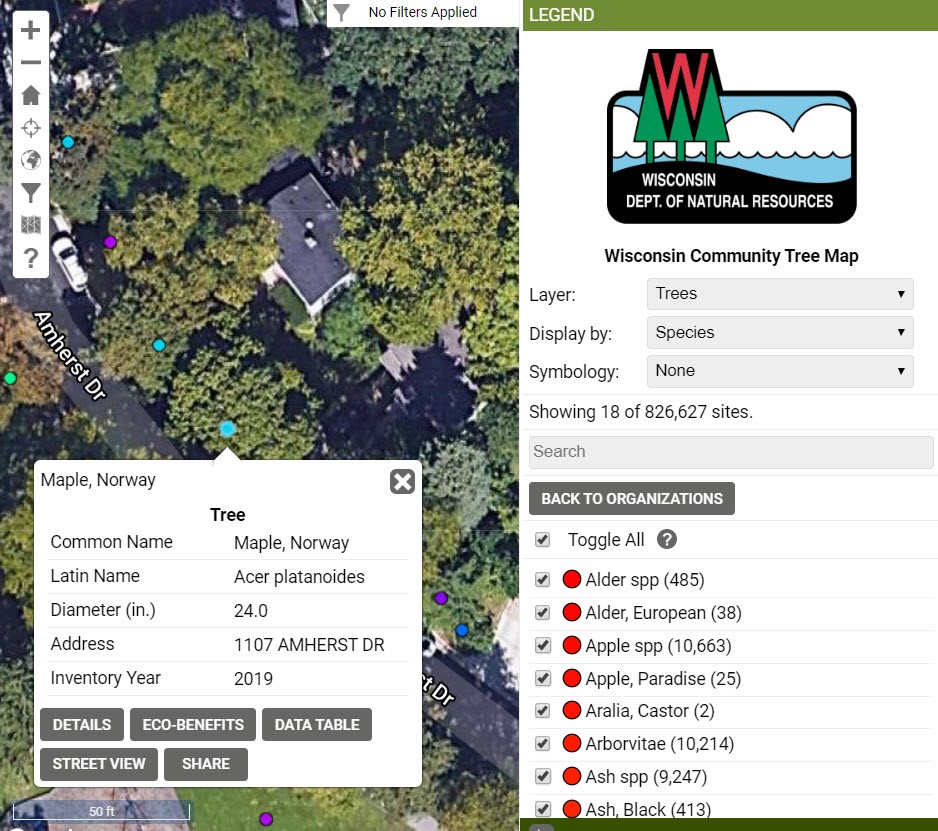 Do you have a tree inventory but have had a hard time keeping it current, or you’re interested in inventorying some trees of your own? The Wisconsin Department of Natural Resources (DNR) is funding several accounts for communities or organizations to edit data within the
Do you have a tree inventory but have had a hard time keeping it current, or you’re interested in inventorying some trees of your own? The Wisconsin Department of Natural Resources (DNR) is funding several accounts for communities or organizations to edit data within the 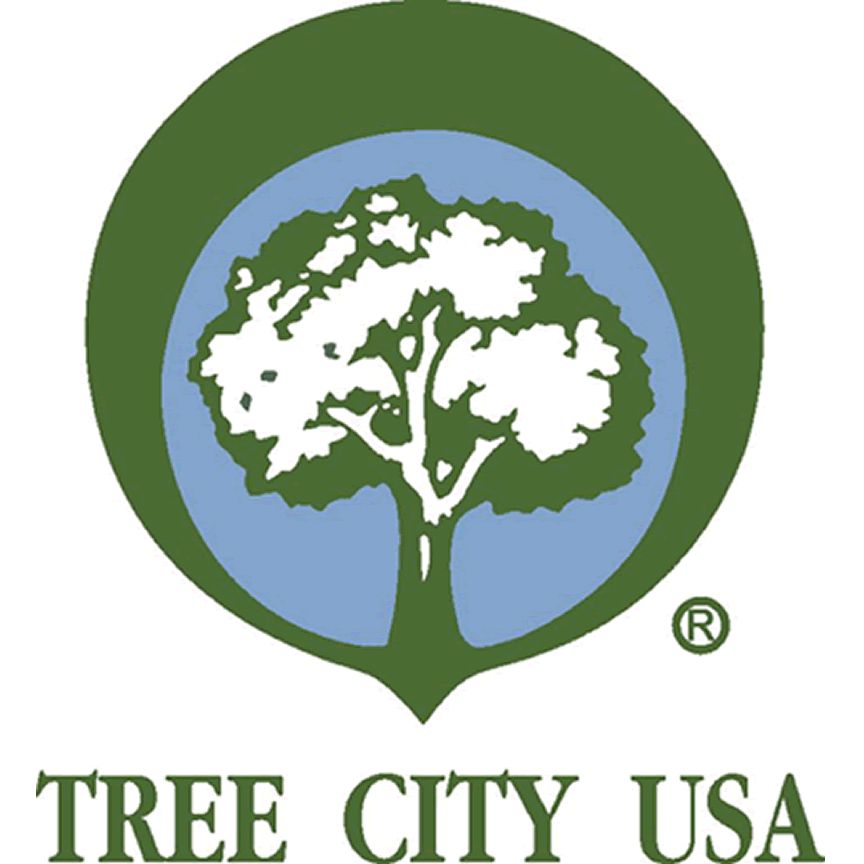 Since 1976,
Since 1976, 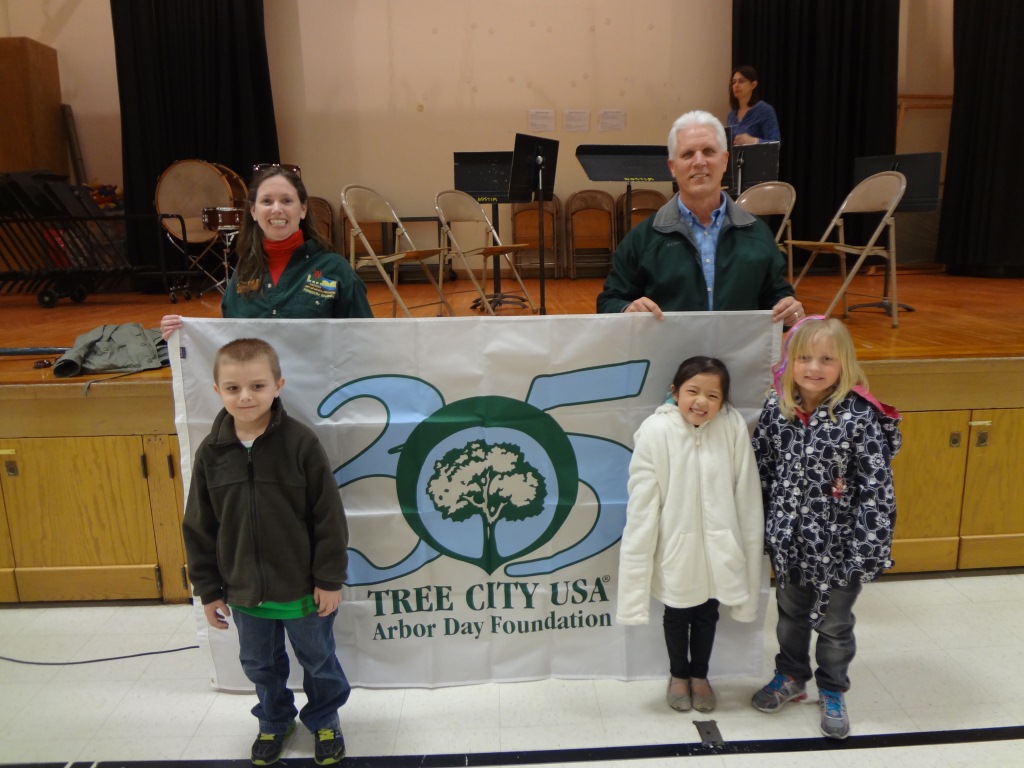 We deeply appreciate the commitment to urban forestry demonstrated by our 2020 Tree City, Tree Campus and Tree Line USA participants. Thank you for your hard work!
We deeply appreciate the commitment to urban forestry demonstrated by our 2020 Tree City, Tree Campus and Tree Line USA participants. Thank you for your hard work!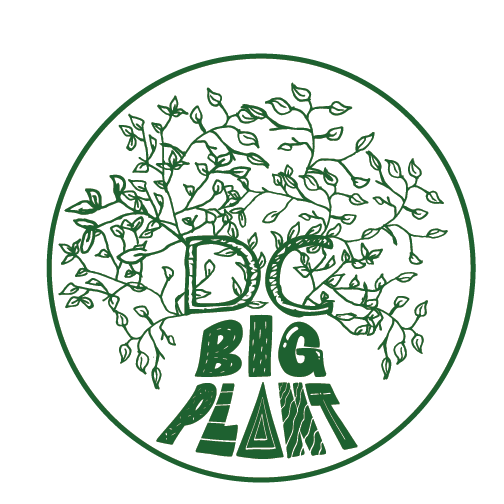 The Climate Change Coalition of Door County is a volunteer organization that, for the past 9 years, has engaged in a variety of activities designed to increase understanding of global warming to inspire concern and action. This spring, the Coalition launched a new program called the Big Plant. It was successful beyond all expectations.
The Climate Change Coalition of Door County is a volunteer organization that, for the past 9 years, has engaged in a variety of activities designed to increase understanding of global warming to inspire concern and action. This spring, the Coalition launched a new program called the Big Plant. It was successful beyond all expectations.